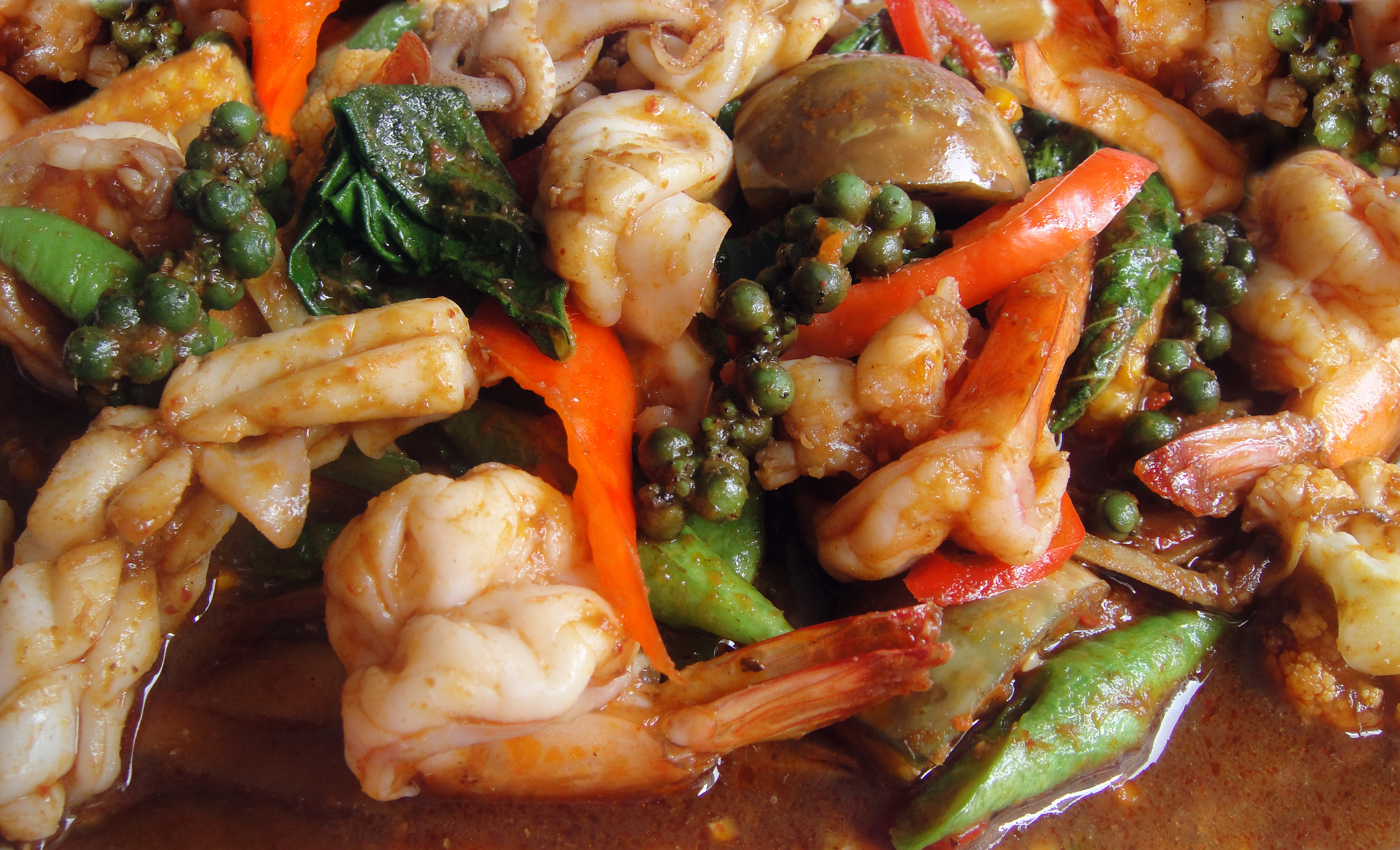Innocent Habits That Secretly Trigger Acid Reflux
9. The Role of Dietary Choices

Certain foods are well-known triggers for acid reflux, including spicy foods, citrus fruits, tomatoes, chocolate, and fatty or fried foods. These foods can relax the LES or increase stomach acid production. Identifying and avoiding personal trigger foods is essential in managing acid reflux. Keeping a food diary can help pinpoint specific foods that cause symptoms. Incorporating more alkaline foods, such as bananas, melons, and leafy greens, into the diet can help neutralize stomach acid and reduce reflux occurrences.
10. The Importance of Meal Size and Timing

Large meals can overwhelm the digestive system, increasing the likelihood of acid reflux. Eating smaller, more frequent meals can prevent excessive stomach distension and reduce pressure on the LES. Additionally, being mindful of meal timing and ensuring meals are consumed at a relaxed pace can aid digestion. Chewing food thoroughly and allowing time for proper digestion can significantly reduce the risk of reflux. By adopting mindful eating practices, individuals can improve their digestive health and minimize reflux episodes.
